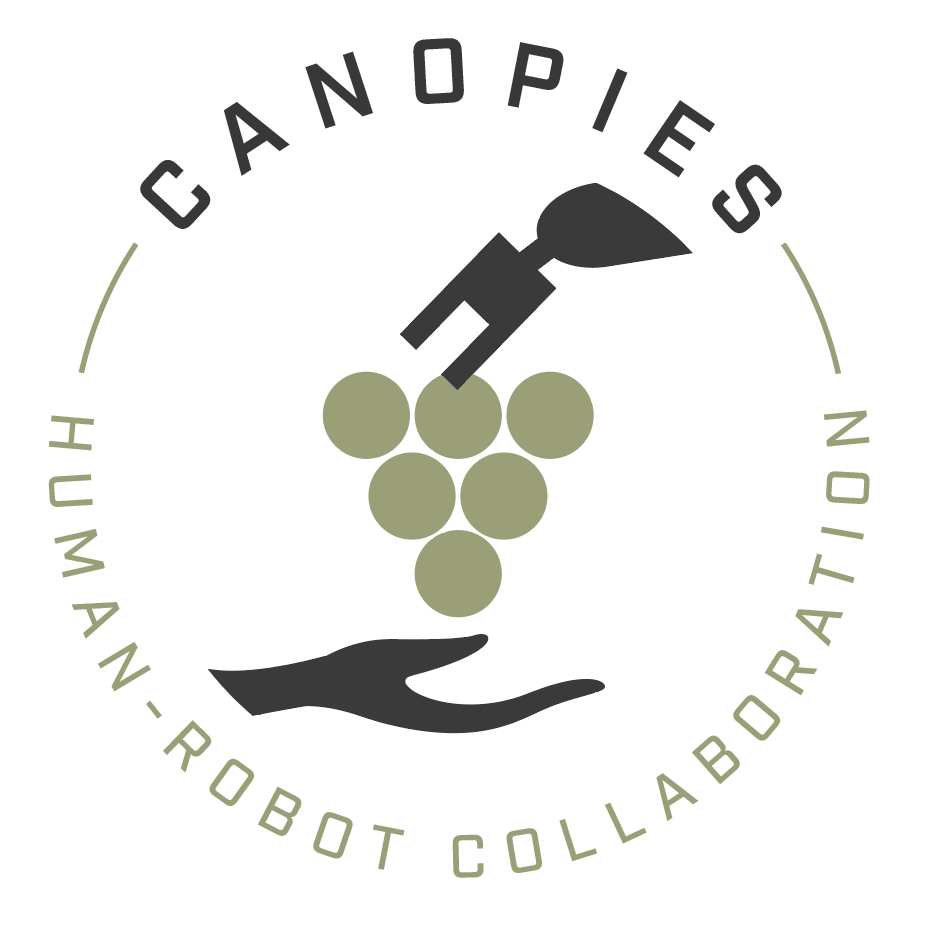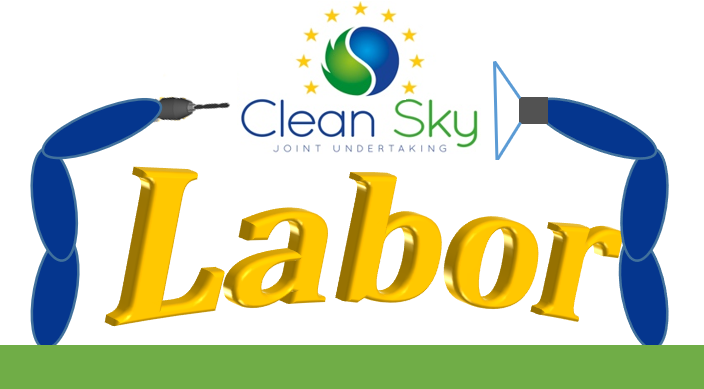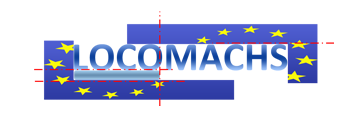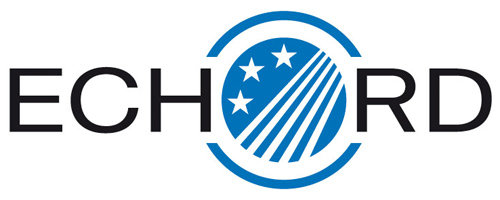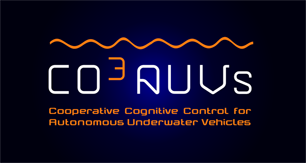Title : CANOPIES-A Collaborative Paradigm for Human Workers and Multi-Robot Teams in Precision Agriculture Systems
My Role Leader of local unit, WP leader
Total Funding: ~6,935.000€
Local Funding: ~735.000€
Funding under: H2020-ICT46
Description: The CANOPIES project aims to develop novel human-robot-interaction (HRI) strategies, human-robot collaboration (HRC) approaches and multi-robot coordination (MRC) methodologies for implementing an effective collaborative paradigm between human operators and a multi-robot system in the context of precision agriculture for permanent crops. We assume that humans will interact with two different kinds of ground robots: i) a farming robot: which is dedicated to the execution of the agronomic tasks such as weeding, harvesting of fruits or pruning; and ii) a logistic robot: which is dedicated to transport tasks. We assume the farming robot to be equipped with two arms for executing the given agronomic tasks and a removable box for output; while we assume the logistic robot to be able to carry several boxes and operate an exchange mechanism for replacing a full box from a farming robot with an empty one. We envisage tight collaboration between the humans and the farming robots and propose a multi-actor model where each farmworker interacts with a small team of robots in order to supervise and/or facilitate the robotic activities. The human may assist in the tasks directly by working alongside the robot team, and should always help when needed e.g. if the robot is uncertain about a classification or location, the human can supply the correct answer. We envision tight cooperation between farming and logistic robots, e.g. the logistic robot may attempt to optimize scheduling by predicting where the next box request would come from. Given the significance of grape production for the global economy, we use the cultivation and harvest of table-grapes as a representative case study for the validation of the proposed collaborative paradigm.
Title : LABOR-Lean robotized AssemBly and cOntrol of composite aeRostructures
My Role Leader of local unit, WP leader
Total Funding: 2.509.375€
Local Funding: 395.375€
Funding under: H2020-EU.3.4.5.4. - ITD Airframe with Grant Agreement 785419
Description: The general objective of the project is to increase the level of automation of the current assembly process of fuselage parts such as panels and frames of a regional aircraft, by means of lean and flexible automated solutions in replacement of manual assembly or complex ad-hoc machine constructions and high-payload robots used in conjunction with external metrology systems. The adoption of such a solution will also allow human operators to share the area with robots during the manufacturing process, being this one of the key aspect of Industry 4.0.
The specific objectives of LABOR project listed below, are set to allow realization of a fully functional, replicable and therefore widely exploitable solution, employing small – medium size robots, smart on-line inspection tools and distributed intelligence.
My Activity : Proposal writing. Budget allocation. Financial and technical local management.
Title : LOCOMACHS-LOw COst Manufacturing and Assembly of Composite and Hybrid Structures
My Role: Task Leader
Total Funding: 19.600.000€
Funding under: FP7-TRANSPORT with Grant Agreement 314003
Description: LOCOMACHS (LOw COst Manufacturing and Assembly of Composite and Hybrid Structures) is a collaborative research and development project coordinated by SAAB AB, gathering 31 partners including the European key players in the aircraft industry. Faster and more cost efficient assembly of composite structural parts is a key enabler to high rate production. The LOCOMACHS objectives are to combine existing and innovative technologies to remove non-added value operations, which are time consuming and induce recurring costs, within composite production lines. LOCOMACHS is supported by the European Commission under the 7th Framework Programme, grant number 314003. With a project budget of 33M €, the project is implemented during 3.5 years (2012-2016).
My Activity: I was in charge of all the management and technical activities. Concerning the management activities, I was the only person in charge of preparing contributions to deliverables, and of participating at all the web-meetings (every two weeks) and all annual review meetings for presenting the technical activities carried out by the University of Salerno-DIEM and by the third party Second University of Naples. Concerning the technical activities, I was the only person in charge of the setup of the work-cell, of developing and testing solutions for force based cooperative robotized drilling of aircraft aluminium stacks by two cooperative Comau SmartSix robots.
Title : ECHORD- European Clearing House for Open Robotics Development Plus Plus
My Role: Team Member
Total Funding: 18.969.760€
Funding under: FP7-ICT with Grant Agreement 231143
Description: Strengthening the knowledge transfer between scientific research and industry in robotics and stimulating their cooperation In Europe the robotics industry is strong, but still fragmented and dispersed. The objective of ECHORD is to provide new opportunities for coordinated and target-oriented scientific research as well as knowledge transfer in robotics and to create a productive collaboration environment for research institutions and robot manufacturers across Europe. This cooperation will reduce the fragmentation of our robotics industry. European robotics industry will be helped to achieve a significant cutting-edge advantage in the increasingly competitive world market. ECHORD aims at producing new knowledge through advancing the state of the art in human-robot interfacing and safety, robot hands and complex manipulation, mobile manipulators and cooperation, and networked robots and systems.
My Activity: I was in charge of all the management and technical activities. Concerning the management activities, I was the only person in charge of preparing contributions to deliverables, and of participating at all the web-meetings (every two weeks) and all annual review meetings for presenting the technical activities carried out by the University of Salerno-DIEM and by the third party Second University of Naples. Concerning the technical activities, I was the only person in charge of the setup of the work-cell, of developing and testing solutions for force based cooperative robotized drilling of aircraft aluminium stacks by two cooperative Comau SmartSix robots.
Title : Co3-AUVs-Cooperative Cognitive Control for Autonomous Underwater Vehicles
My Role: Team member
Total Funding: 3.332.029€
Funding under: FP7-ICT with Grant Agreement 231378
Description: The aim of the Co3-AUVs project is to develop, implement and test advanced cognitive systems for coordination and cooperative control of multiple AUVs. Several aspects will be investigated including 3D perception and mapping, cooperative situation awareness, deliberation and navigation as well as behavioral control strictly linked with the underwater communication challenges. As a result, the team of AUVs will cooperate in challenging scenarios in the execution of missions where all data is processed online. In doing so, the team will be robust with respect to failures and environmental changes. These key features will be tested in a harbor scenario where additional difficulties with respect to open sea applications arise and in a human diver assistance scenario that also illustrates human robot interaction issues.
My Activity: I was in charge of monitoring technical activities of 8 funded projects (every two months) within ECHORD, of analysing periodic reports, deliverables and delay with respect to plans, and of participating to meetings held at partners laboratories. I was also involved in the design and development of the assessment phase of the project.
